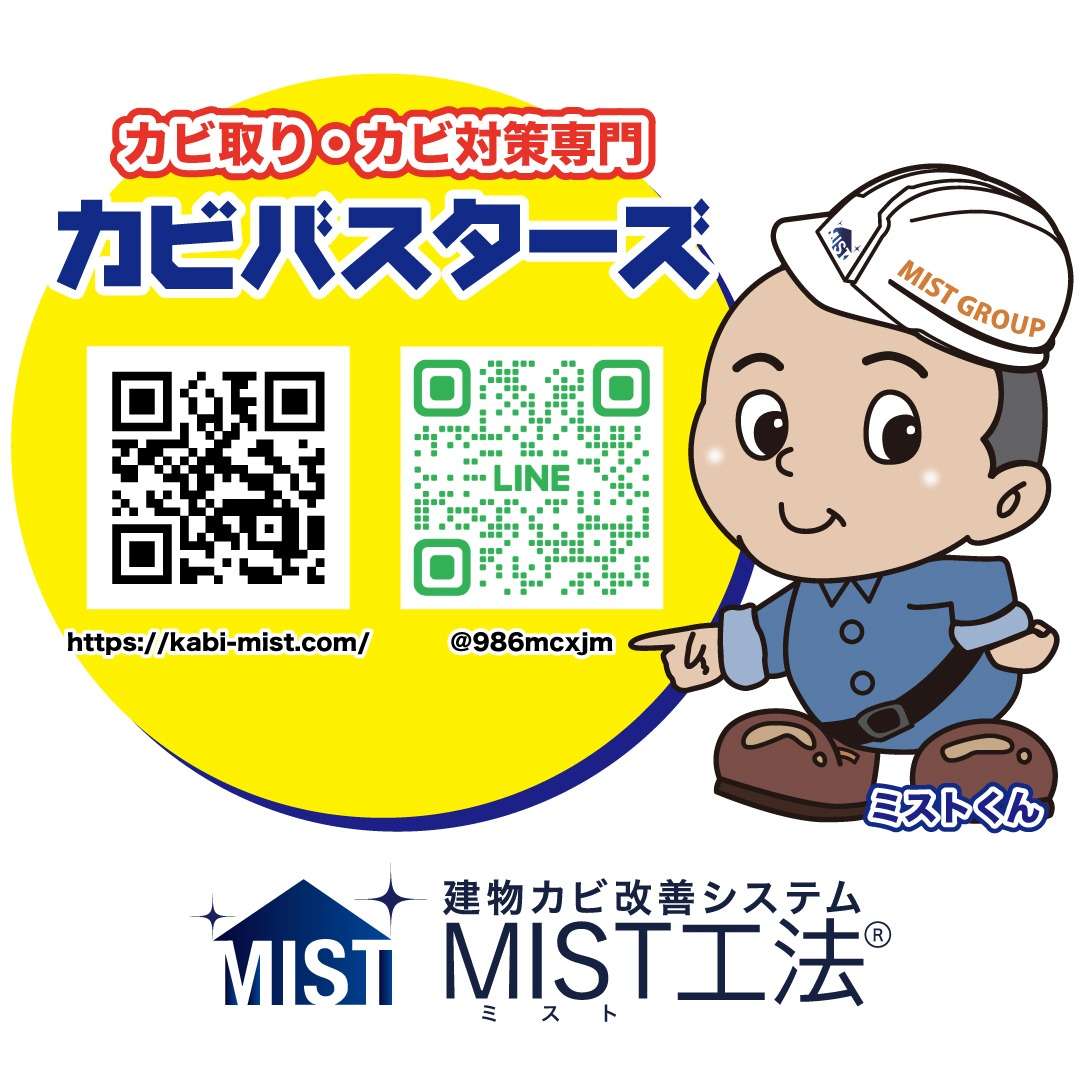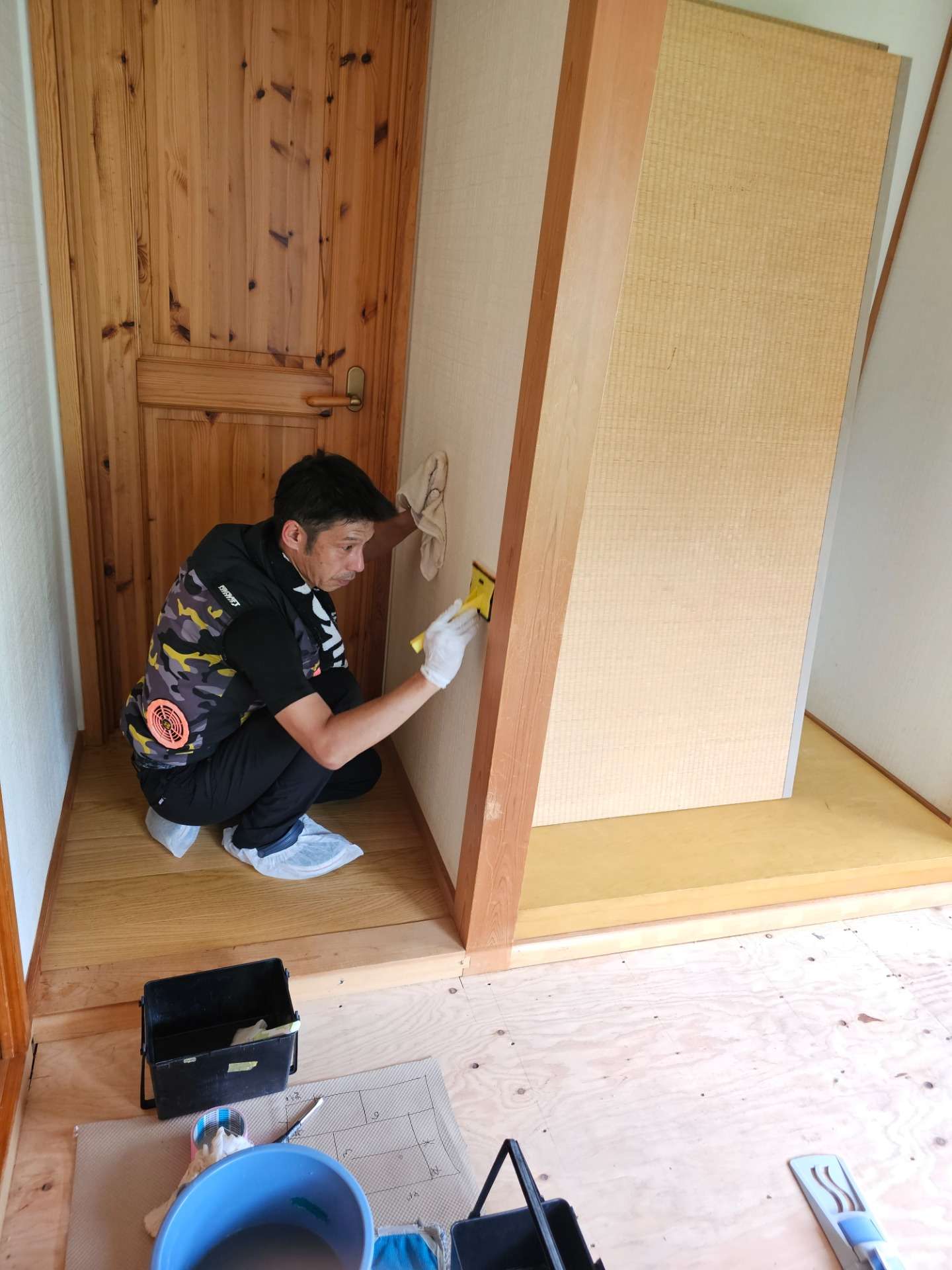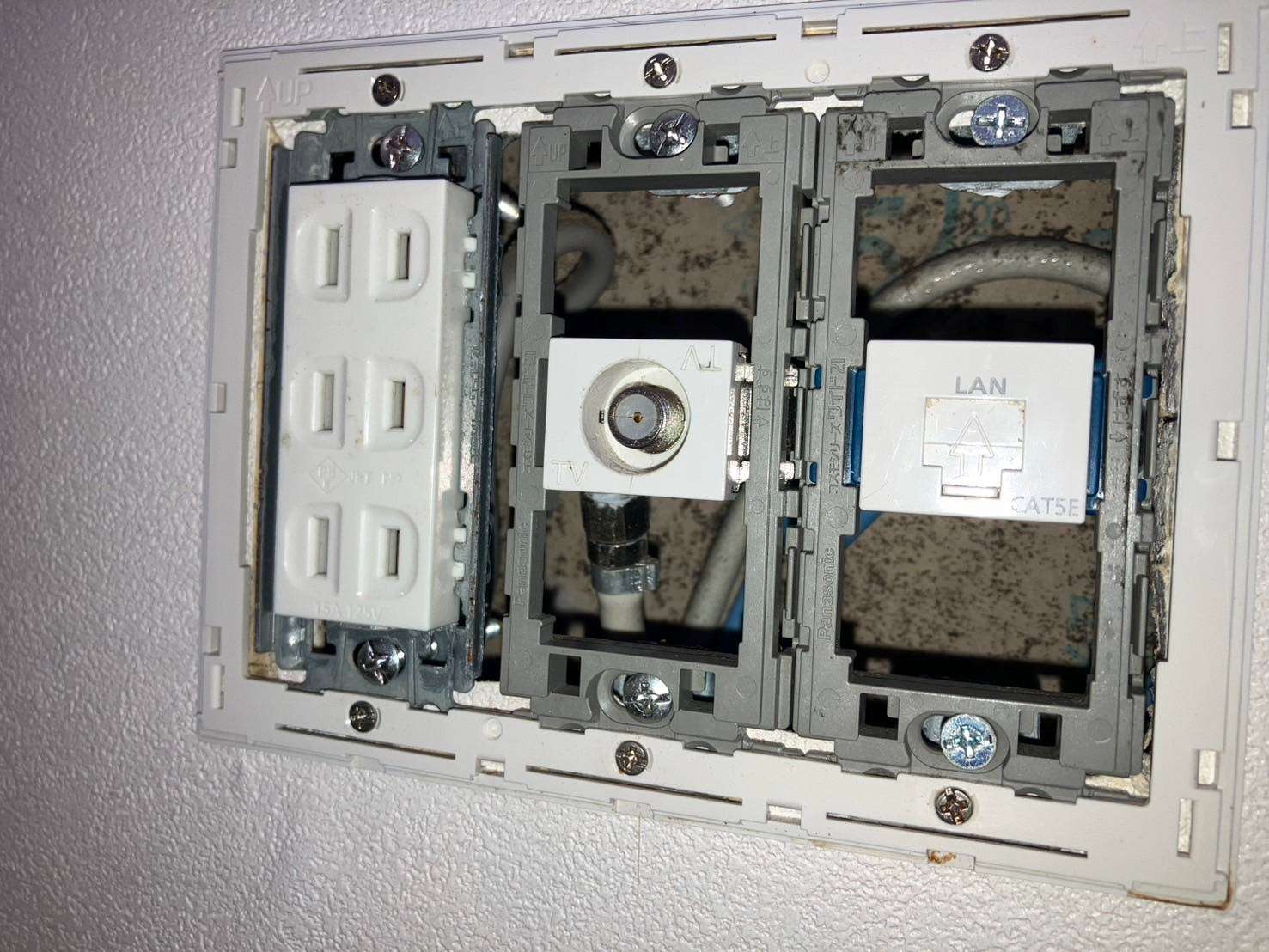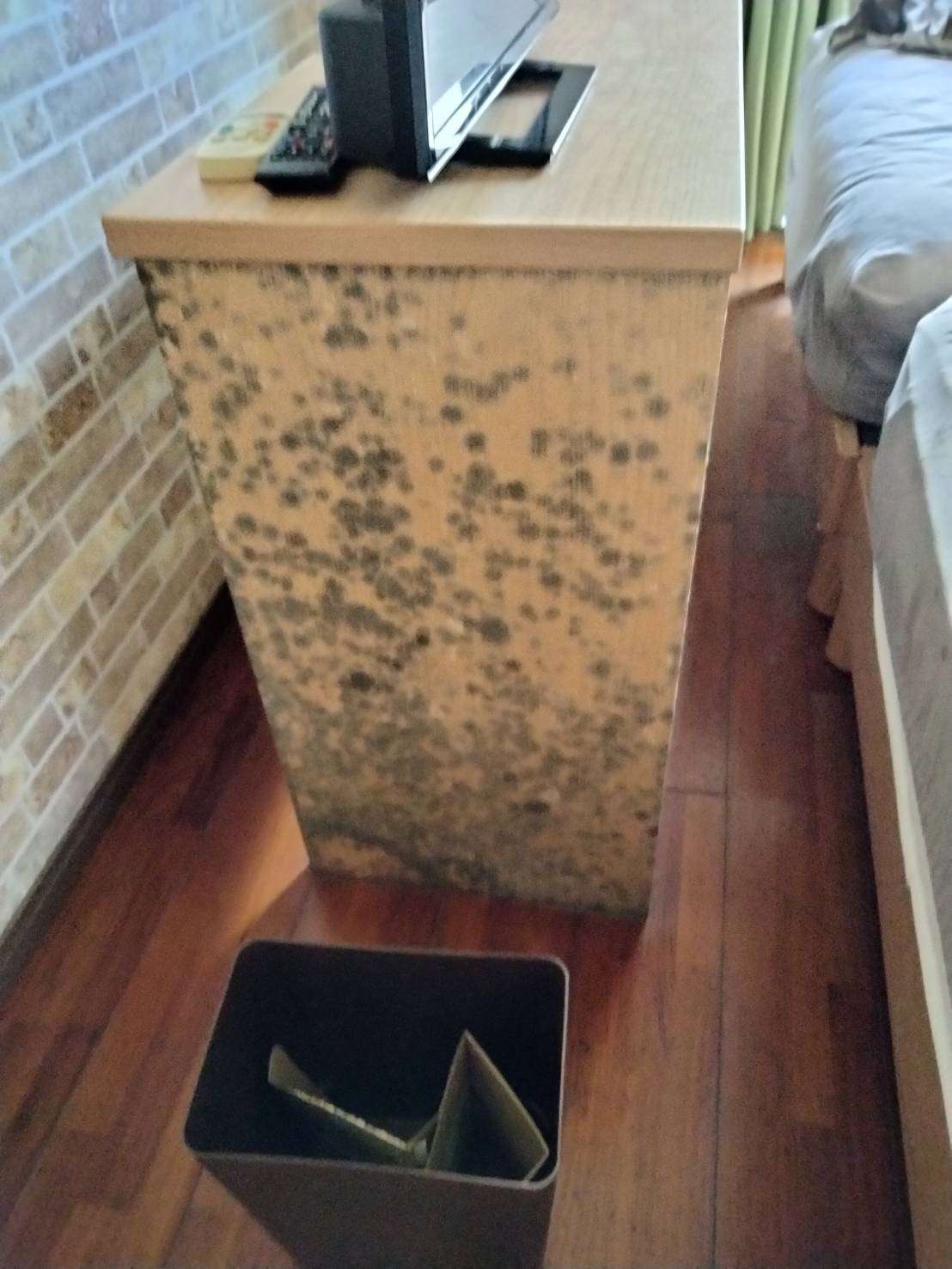Mold in Space: Confronting the Fungal Challenge at NASA's ISS
2024/01/18
Mold in Space: Confronting the Fungal Challenge at NASA's ISS
Exploring Mold's Impact and Solutions on the International Space Station
Hello and welcome to our exploration into a lesser-known aspect of space travel - the challenge of mold aboard NASA's International Space Station (ISS). When we think of space exploration, the mind often wanders to the vastness of the cosmos or the technical feats of spacecraft. Yet, there's an earthly concern that follows humans even into the orbit - mold.
In this blog, we take a closer look at how mold finds its way into the space station, the unique conditions that facilitate its growth, and the significant health implications it holds for astronauts. Mold in space isn't just a nuisance; it's a critical factor affecting the well-being of those brave souls who venture beyond our atmosphere. We will explore the specific challenges that mold presents in the microgravity environment of the ISS and how astronauts combat this persistent issue.
NASA's approach to tackling the mold problem combines advanced technology with rigorous research. From the development of new materials resistant to fungal growth to the implementation of sophisticated air filtration systems, NASA's efforts in controlling mold are as innovative as they are essential.
Join us as we journey through the corridors of the ISS, uncovering the hidden world of mold in space. Our exploration will not only highlight the challenges faced by astronauts but also shed light on the incredible work done by researchers and engineers to make space travel safer. This journey into the microcosm of mold on the ISS gives us a deeper appreciation of the complexities of maintaining a habitable environment in space.
As we continue pushing the boundaries of human presence in space, understanding and managing the risks, like mold, becomes increasingly crucial. So let's embark on this intriguing exploration of mold in space and its implications for future missions and astronauts' health.
目次
Introduction: Embarking on a Journey to Understand Mold in Space
Unveiling the Fungal Frontier: Mold's Presence in the Final Frontier
The Prevalence of Mold in the ISS
The International Space Station (ISS), a marvel of modern engineering and a testament to human ingenuity, has not been impervious to one of Earth's most persistent life forms: mold. In the unique confines of the ISS, mold has been a recurrent issue, thriving in the station's microgravity environment. Despite the advanced air filtration systems and rigorous cleanliness protocols, mold spores, which are incredibly resilient and adaptable, have been found in various parts of the station. They often appear in areas with high humidity levels and where human activity is frequent. This prevalence of mold in the ISS poses a unique set of challenges – it is not only a health hazard to the astronauts but also a potential threat to the equipment and materials aboard. Understanding the dynamics of mold growth in the ISS is crucial, as it provides insights into how microorganisms can adapt and survive in space, a critical consideration for future long-duration space missions and interplanetary travel.
Objectives of this Blog
This blog aims to delve deeply into the issue of mold in the ISS, a subject that, while often overlooked, plays a significant role in the health and safety of astronauts and the integrity of space missions. Our objectives are twofold: firstly, to shed light on how mold can thrive in a microgravity environment and the specific challenges it presents in the context of space habitation. Secondly, we aim to explore the measures that NASA and other space agencies have implemented to combat this persistent issue. Through this blog, readers will gain an understanding of the complexities involved in maintaining a mold-free environment in space and the innovative solutions being developed. We will also look at how these challenges and solutions can inform future space exploration endeavors, ensuring safer and more sustainable long-term space travel. Join us as we navigate through the intriguing world of mold in space, an essential yet often underappreciated aspect of life beyond our planet.
Mold Growth in Space: Environmental Factors and Conditions
Navigating the Mycological Maze: How Mold Thrives in Zero Gravity
Unique Conditions of the ISS for Mold Growth
The International Space Station (ISS) presents a set of unique environmental conditions that inadvertently foster mold growth. The microgravity environment of the ISS, coupled with consistent levels of humidity and warmth, creates an ideal breeding ground for mold spores. Unlike Earth, where gravity helps to settle dust and spores, in the ISS, these particles float freely, making them more likely to accumulate and propagate in confined spaces. The station's life support systems, which are designed to recycle air and water, can also inadvertently aid in spreading mold spores throughout the habitat. Additionally, the limited exposure to sunlight and lack of natural microbial diversity in the ISS allow mold to flourish without the usual terrestrial checks and balances. Understanding these unique conditions is pivotal in developing effective strategies to mitigate mold growth and ensure the health and safety of astronauts aboard the ISS.
The Science Behind Fungal Proliferation in Microgravity
The proliferation of mold in a microgravity environment, such as that of the ISS, is a subject of scientific intrigue, offering valuable insights into fungal behavior and adaptability. In microgravity, the absence of gravitational forces affects how fluids and gases behave, which in turn impacts how mold grows and spreads. Studies have shown that certain molds exhibit increased growth rates and greater resistance to radiation in space, suggesting that the microgravity environment may induce genetic or physiological changes in these organisms. Furthermore, the lack of natural air currents in the ISS means that mold spores can remain suspended in the air for longer periods, increasing the likelihood of inhalation by astronauts and contamination of surfaces. Research into the science of fungal proliferation in space is not only crucial for maintaining a safe environment in the ISS but also has broader implications for understanding how life can adapt and survive in extreme conditions, a key question in astrobiology and planetary science.
Discovery of Mold Issues in the ISS
Unearthing a Microbial Menace: The Emergence of Mold in the ISS
Identifying Common Mold Infestation Areas
The discovery of mold in the International Space Station (ISS) has highlighted certain areas where these fungal organisms are prone to thrive. Common mold infestation areas in the ISS include locations where moisture accumulates, such as near air conditioning units, in washroom facilities, and around the equipment used for various scientific experiments. These areas provide the damp and relatively warmer conditions that mold spores need to grow. Other notable locations for mold growth include storage areas where food and waste are kept, as well as personal quarters where human activity is frequent. Monitoring these areas has become a crucial aspect of maintaining the ISS, involving regular inspections and sample collections for microbial analysis. The discovery of these infestation areas has not only changed the way maintenance is conducted on the ISS but also provided valuable insights into how closed-loop life support systems can inadvertently create hospitable environments for unwanted microbial guests.
Implications of Mold on Astronauts' Health
The presence of mold in the ISS carries significant health implications for astronauts. Exposure to mold can lead to a range of health issues, especially in a closed environment like the ISS where air circulation is limited. Mold exposure can cause allergic reactions, respiratory problems, and in some cases, more serious infections, particularly in individuals with weakened immune systems. The constant inhalation of mold spores in confined spaces can exacerbate these health risks. Moreover, prolonged exposure to certain types of mold found in the ISS, such as Aspergillus and Penicillium, has the potential to cause long-term health complications. This poses a considerable challenge for space missions, where maintaining the health and wellbeing of crew members is paramount. Consequently, understanding and mitigating the health risks posed by mold is a critical component of ensuring the success and safety of manned space missions. It underscores the importance of regular health monitoring of astronauts, alongside strict cleanliness and maintenance protocols on board the ISS.
Health Risks and Astronaut Safety: Mold in the Microgravity Environment
The Invisible Threat: Assessing and Managing Mold-Related Health Risks in Space
Types of Health Risks Posed by Mold in Space
The presence of mold in the microgravity environment of space poses several health risks to astronauts, necessitating a thorough understanding and proactive management. Exposure to mold can lead to various health issues, the most common being allergic reactions characterized by symptoms like nasal stuffiness, eye irritation, wheezing, or skin irritation. More severe responses can include asthma attacks or allergic bronchopulmonary aspergillosis, especially in individuals with pre-existing conditions or compromised immune systems. Mold exposure is also linked to fungal infections, which can be particularly problematic in the closed environment of a space station. Certain mold species, like Aspergillus, can be opportunistic pathogens, potentially causing infections in various body parts, including the lungs, skin, or sinuses. The risks are exacerbated in space due to altered immune responses in astronauts, attributed to the unique stresses of the microgravity environment. Continuous exposure in a confined space environment like the ISS amplifies these health risks, making mold a significant concern for astronaut health and mission safety.
Strategies for Risk Management in Space Conditions
Managing the health risks posed by mold in the microgravity conditions of space requires a multi-faceted approach. One crucial strategy involves regular and thorough environmental monitoring aboard the spacecraft to detect mold presence early. This includes routine air and surface sampling, followed by microbial analysis to identify and quantify mold spores. Additionally, stringent cleaning and maintenance protocols are implemented to reduce mold growth. These protocols involve the use of specialized cleaning agents that are effective against mold and safe for use in the ISS environment. Another critical aspect is the use of advanced air filtration and ventilation systems designed to minimize the accumulation of mold spores in the air. Astronauts are also trained in recognizing the signs of mold growth and the health symptoms associated with mold exposure. Pre-mission health screenings and ongoing health monitoring during missions are vital to promptly address any mold-related health issues. Moreover, research into developing mold-resistant materials and coatings for use in spacecraft is underway, aiming to prevent mold growth from the outset. These strategies collectively enhance the safety of astronauts and contribute to the success of missions in the challenging environment of space.
NASA's Approach to Mold: Research and Technological Developments
Advancing the Frontier: NASA's Innovative Strategies Against Spaceborne Mold
Innovations in Mold Detection and Eradication
NASA has been at the forefront of developing innovative technologies to detect and eradicate mold in the unique environment of space. These advancements include sophisticated air filtration systems that not only capture mold spores but also neutralize them before they can proliferate. One such innovation is the use of HEPA (High-Efficiency Particulate Air) filters, which are highly effective in trapping microscopic particles, including mold spores. NASA is also exploring the use of ultraviolet (UV) light technology for its germicidal properties, capable of destroying mold spores and other microbial contaminants. In terms of detection, NASA employs advanced microbial analysis techniques, including DNA sequencing, to quickly and accurately identify mold species present in the ISS. This allows for targeted treatment and prevention strategies. Additionally, researchers are investigating the use of nanomaterials and coatings that inhibit mold growth on surfaces, a promising approach for long-term mold management in spacecraft. These technological advancements represent a significant leap in maintaining a healthy living environment for astronauts and are crucial for the success of extended space missions.
The Future of Mold Management in Space Exploration
Looking to the future, mold management in space exploration will likely incorporate a blend of advanced technology, enhanced materials, and predictive analytics. As missions venture further into space and become longer in duration, the need for more autonomous mold management systems becomes critical. Artificial intelligence (AI) and machine learning could play a significant role, analyzing environmental data to predict and prevent mold outbreaks before they occur. Biotechnology advancements may also contribute to novel approaches, such as engineering microorganisms or enzymes that can target and neutralize mold in space environments. The development of self-cleaning materials and surfaces that repel mold could further revolutionize the way spacecraft are designed and maintained. Additionally, ongoing research into the effects of microgravity on mold growth will continue to inform and refine these strategies. Ultimately, the future of mold management in space exploration will be defined by a proactive and integrated approach, leveraging cutting-edge science and technology to ensure the health and safety of astronauts and the integrity of space habitats.
Mold Removal and Prevention Strategies on the ISS
Safeguarding the Space Sanctuary: Combating Mold on the ISS
Effective Techniques for Eradicating Mold in Space
Eradicating mold in the confined and unique environment of the International Space Station (ISS) requires specialized techniques that are effective yet safe for both the astronauts and the equipment. One of the primary methods used is the application of antimicrobial agents that are specifically designed for space use. These agents are formulated to kill mold spores without releasing harmful chemicals into the air. Another technique involves the use of mechanical scrubbers and vacuums equipped with HEPA filters to physically remove mold from surfaces and air. In some cases, ultraviolet (UV) light systems are employed to sterilize areas affected by mold. This method uses UV radiation to disrupt the DNA of mold spores, rendering them harmless. Additionally, NASA is exploring the use of advanced robotics and automated systems for regular cleaning and disinfection, which could reduce the workload on astronauts and increase the efficiency of mold eradication. These techniques are continually refined and adapted to ensure the most effective removal of mold in the challenging conditions of space.
Preventive Measures and Environmental Control
Preventing mold growth on the ISS is an ongoing challenge that involves a combination of environmental control and routine maintenance. Key to this effort is maintaining optimal levels of humidity and temperature, as mold thrives in warm, moist conditions. The ISS is equipped with environmental control systems that regulate these factors, reducing the likelihood of mold growth. Regular air filtration and circulation also play a critical role in preventing mold spores from settling and proliferating. Astronauts are trained in routine cleaning protocols, which include wiping down surfaces with antimicrobial wipes and ensuring that areas prone to moisture accumulation, such as around air vents and washroom facilities, are kept dry. The storage and disposal of organic materials, such as food waste, are carefully managed to avoid mold contamination. Additionally, ongoing research aims to develop materials and coatings for use in the ISS that are resistant to mold growth, which could significantly reduce the need for frequent mold removal. Together, these preventive measures and environmental controls form a comprehensive strategy to maintain a mold-free environment in the ISS, ensuring the safety and well-being of the crew and the success of the mission.
Sustaining Life in Space: Coexisting with Mold
Embracing the Microbial Realm: Finding Harmony with Mold in Outer Space
The Challenges of Maintaining a Livable Environment in Space
Sustaining a habitable environment in space, especially in long-duration missions like those on the International Space Station (ISS), presents a myriad of challenges, with mold management being a significant aspect. In the confined and controlled environment of the ISS, balancing humidity and temperature levels is crucial to deter mold growth, yet challenging due to the lack of natural air circulation and variable heat emissions from equipment. The microgravity conditions further complicate this by affecting fluid dynamics, leading to unpredictable moisture accumulation. Regular monitoring and maintenance are required to ensure that the air filtration and ventilation systems are functioning optimally to prevent mold proliferation. These systems must be robust yet flexible enough to adapt to the dynamic conditions of space. Additionally, material selection for space habitats plays a vital role, as surfaces and fabrics need to be resistant to mold growth while being safe and practical for space use. The challenges of maintaining a livable environment in space extend to ensuring that these measures do not adversely affect the crew's health and comfort, making mold management a balancing act of health, safety, and operational efficiency.
The Potential for Symbiosis with Mold in Space Habitats
While mold is often viewed as a problem in space habitats, there is potential for a symbiotic relationship, leveraging mold's unique characteristics for beneficial purposes. Research is exploring the possibility of using mold and other fungi for bioregenerative life support systems, where they could play a role in air purification, waste decomposition, and even food production. Certain molds have the capability to break down organic waste, converting it into useful compounds, thus contributing to a closed-loop ecosystem in space habitats. Additionally, molds could be instrumental in biomanufacturing processes, potentially creating materials or medicines in space, reducing the need for resupply missions. There's also the potential for using fungi in radiation shielding, leveraging their natural resilience. The exploration into the symbiotic use of mold in space habitats is not only a testament to human innovation but also an acknowledgment of the interconnectedness of life forms, even in the realm of space exploration. This symbiotic approach could redefine how life is sustained in space, making long-duration missions more self-sufficient and sustainable.
Conclusion: A New Perspective on Mold Issues in Space
Beyond the Fungi: Rethinking Mold’s Role in Space Exploration
Reassessing the Impact of Mold in Space Environments
The journey through understanding mold in space environments leads us to reassess its impact, shifting from viewing it solely as a hazardous element to recognizing its multifaceted implications. In space habitats like the ISS, mold poses significant challenges, from health risks to structural integrity issues. However, these challenges have catalyzed advancements in environmental controls, material science, and health protocols, enhancing the safety and efficacy of space missions. It's essential to continue monitoring and researching mold's behavior in microgravity to develop more effective strategies for mold management. This includes refining air filtration systems, improving surface materials to resist mold growth, and optimizing cleaning protocols. The insights gained from these efforts extend beyond immediate mold mitigation. They contribute to a broader understanding of living in space, informing the design and maintenance of future space habitats and long-duration missions. For those facing mold issues on Earth, especially in complex environments, consulting with experts like MIST Method® Mold Busters. can provide tailored solutions and insights drawn from space-grade technologies and methods.
The Significance of Mold in Space Research and Future Missions
Mold in space environments plays a significant role in space research, influencing future mission designs and objectives. Understanding mold's adaptation and survival mechanisms in space has broader implications for astrobiology, shedding light on life's resilience in extreme environments. This knowledge is invaluable for planning long-duration space missions, including potential colonization efforts on other planets like Mars, where microbial management will be crucial. The study of mold in space also opens avenues for utilizing fungi in life support systems and bio-manufacturing processes, potentially revolutionizing how resources are generated and managed in space. As we continue to push the boundaries of human presence in space, the lessons learned from managing mold will undoubtedly contribute to safer, more sustainable space exploration. For addressing similar microbial challenges here on Earth, the expertise and methods developed in space, such as those employed by MIST Method® Mold Busters., offer advanced and effective solutions, demonstrating the practical applications of space research in everyday life. As we conclude this exploration of mold in space, it's clear that these microscopic organisms are not just challenges to overcome but also keys to unlocking a deeper understanding of life in the cosmos.
------------------------------------------------------------------------------------------------------------------------
カビ取り・カビ対策専門業者MIST工法カビバスターズ本部
0120-052-127(平日9時から17時)
カビの救急箱
【検査機関】
一般社団法人微生物対策協会
------------------------------------------------------------------------------------------------------------------------




